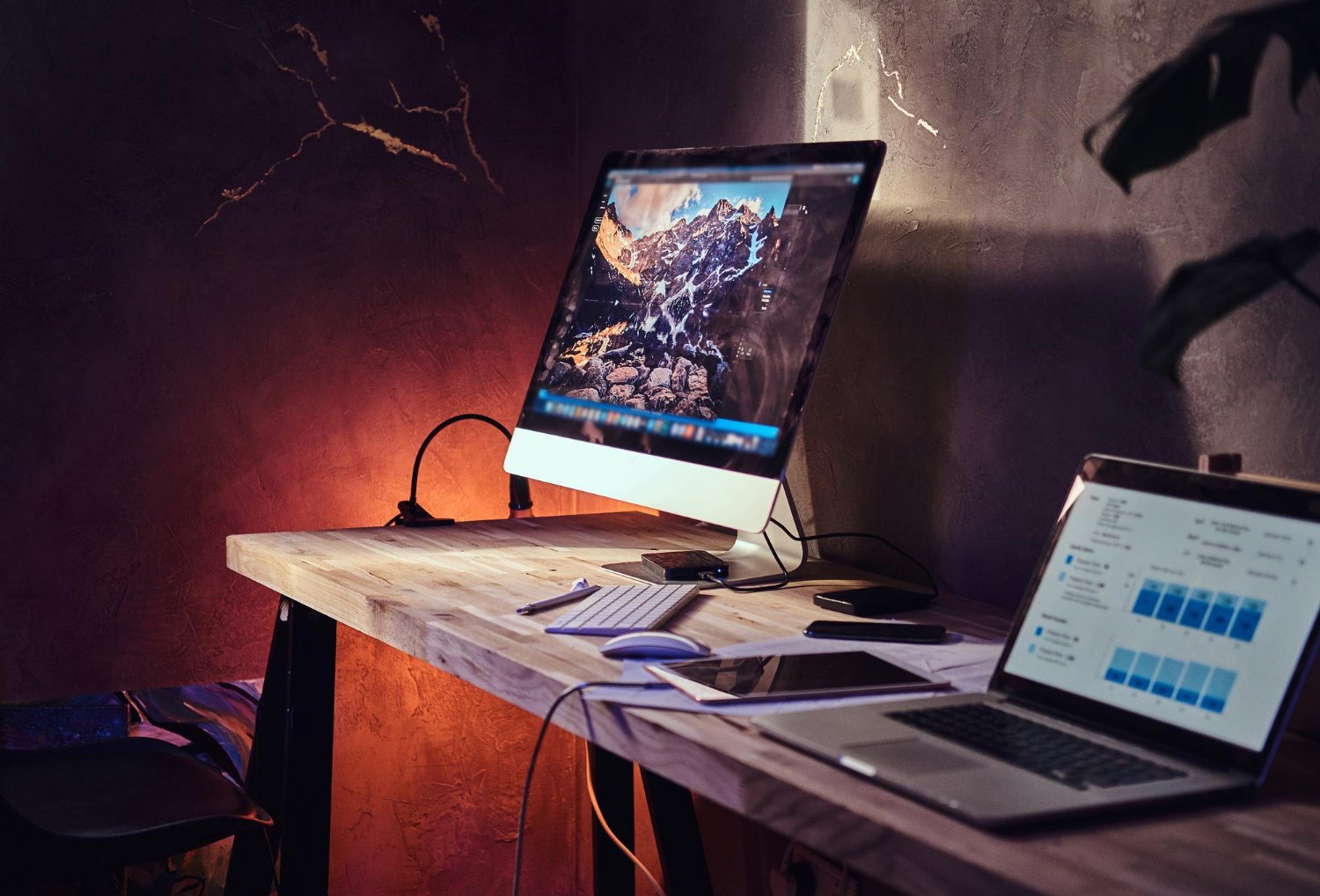
Design Customization and Editing on Knot: A Comprehensive Guide
Introduction: Unlocking the Potential of Knot’s Customization Features
Exploring the world of Knot reveals a platform rich in design capabilities, offering a plethora of customization features. This software stands out for its intuitive design tools that cater to a diverse range of user needs. The importance of customization in enhancing the user experience cannot be overstated. Knot’s versatile design elements allow users to tailor their projects to their unique specifications, thereby creating more engaging and personalized outputs. Whether it’s for professional or personal use, the ability to modify and adapt various components is a key factor in achieving the desired outcome. Knot’s customization features are not just about aesthetic appeal; they also empower users to convey their messages more effectively.
Modifying Text Content: A User’s First Step to Personalization
In the realm of customization, text content modification is often the first step users take towards personalizing their projects. Knot offers an array of text modification features that allow users to tweak every aspect of their textual content. This customization is crucial for personalization because text is often the primary medium through which information is conveyed. Whether it’s changing the font size, style, color, or alignment, each adjustment plays a significant role in how the text complements the overall design and tone of the project. Personalizing text helps in making the content resonate more with the intended audience, thereby enhancing engagement and effectiveness.
Easy Steps for Text Modification and Expansion
To modify text content in Knot, users can follow some straightforward steps. The first step usually involves selecting the text element that needs modification. Once selected, a range of options becomes available, allowing changes in font style, size, color, and alignment. For expanding text elements, it’s important to ensure that the text remains legible and aesthetically pleasing within the context of the overall design. Users can experiment with different font weights and letter spacing to add emphasis or clarity. Tips for effective text expansion include maintaining a balance between text and other design elements, ensuring the text is not overwhelming, and keeping an eye on the overall design harmony. With these tips and tools, users can transform their text content into a customized and impactful component of their Knot projects.

Mastering the Art of Replicating Text Elements
Replicating text elements in Knot involves a process that ensures efficiency while maintaining design integrity. The step-by-step process begins with selecting the text element intended for replication. Once selected, users can typically use a copy-paste function, or a dedicated replicate tool if available, to create an exact duplicate of the text. This duplicate can then be placed in the desired area of the project. One of the best practices for maintaining design consistency during this process is to ensure that the replicated text aligns perfectly with the layout’s grid. Users should also pay attention to the spacing between text elements, keeping it uniform to maintain a clean and organized look. Consistent font styles and colors across all text elements are also crucial to maintain a cohesive design aesthetic.
Adjusting Text Size for Impact and Readability
Adjusting text size is a delicate balancing act between making an impact and ensuring readability. Techniques for changing text size in Knot include using the text size adjustment tool, which typically allows users to either input a specific font size or adjust it using a sliding scale. When increasing the size for impact, it’s important to consider the overall layout to ensure the text doesn’t overpower other design elements. Conversely, when reducing size for subtlety or to fit more text, readability should remain a priority. Balancing design aesthetics with readability involves considering factors like the background color, the amount of text, and the viewing device (such as mobile or desktop) to ensure the text is comfortably readable in all contexts.
Center Stage: Aligning Text for Visual Appeal
Aligning text in the center is a technique often used to create a focal point or to bring balance to a design. In Knot, center alignment can typically be done by selecting the text and choosing the ‘center’ option in the alignment tools. This method places the text symmetrically in the middle of its container, making it ideal for headings, titles, or short pieces of text that need emphasis. The importance of alignment in design symmetry cannot be underestimated, as it can significantly affect the visual appeal and overall balance of the project. Center alignment works best when used judiciously, complementing other aligned elements in the design to create a harmonious and aesthetically pleasing layout.
Emphasizing Key Messages with Bold Formatting
Bold formatting is a powerful tool in highlighting key messages or drawing attention to specific text. In Knot, applying bold formatting typically involves selecting the text and clicking on the ‘bold’ option in the text editing tools. This simple action changes the weight of the font, making it more prominent. The impact of bold text on user engagement is significant; it can draw the user’s eye to important information and can make a design more dynamic. However, it’s important to use bold formatting sparingly to avoid overwhelming the design. A best practice is to apply bold formatting to short phrases or keywords rather than lengthy text passages to create a focal point without sacrificing readability.
Playing with Color: Altering Text and Background Hues
Altering text and background colors in Knot is a creative way to inject vibrancy and mood into a design. When changing text color schemes, users can select the text and then choose from a spectrum of colors offered in the text editing tools. It’s important to select colors that contrast well with the background for clarity and readability. Techniques for transforming background colors involve navigating to the background settings and experimenting with different hues. One can either choose a solid color or gradients for a more dynamic effect. The key is to ensure that the text and background colors complement each other, creating a visually appealing and cohesive design.
Revamping Layouts: Adding Flair with Additional Elements
The addition of extra elements to a layout can significantly enhance its appeal and effectiveness. These elements, such as shapes, icons, or illustrations, add depth and character to a design. The role of these elements is not just decorative; they can also help in guiding the viewer’s attention and breaking up text to improve readability. Strategically using extra features involves considering their placement and size for maximum impact without cluttering the design. These additions should align with the overall theme and purpose of the design, serving to reinforce the message rather than detract from it.
Step-by-Step Guide to Incorporating Photos
Image Upload Process
Incorporating photos begins with the image upload process. Users can upload their chosen images into Knot through an upload tool, typically found in the interface. This process usually involves navigating to the upload section, selecting the image file from the device, and then uploading it to the design platform.
Placement of an Uploaded Image
Once uploaded, the next step is placing the image in the desired location within the layout. This can be done by dragging and dropping the image or using alignment tools to position it precisely. Careful consideration should be given to how the image interacts with other elements, such as text and shapes, to ensure a harmonious balance.
Enhancing Your Design with Creative Additions
Inserting Shapes for Visual Interest
Adding shapes is a simple yet effective way to enhance a design. Knot likely offers a variety of shapes like circles, squares, and abstract forms that can be inserted into the layout. These shapes can be resized, recolored, and repositioned to add visual interest and complement the overall design theme.
Adding Novel Text Elements for Uniqueness
Incorporating novel text elements such as quotes, callouts, or unique typography can add a layer of uniqueness to a design. This involves selecting from various text styles and formats in Knot and integrating them into the layout. These elements can serve as powerful tools to highlight key messages or add a creative flair to the design.

Simplifying Designs: Eliminating the Rear Aspect
In the world of design, sometimes less is more. This is particularly true when considering the removal of the rear design aspect in projects. There are several reasons why one might consider simplifying a design by eliminating its rear aspect. This could be to enhance focus on the primary elements, to reduce visual clutter, or to create a more streamlined and minimalist aesthetic. Simplification can significantly enhance the overall appeal of a design. It allows the viewer’s eye to focus on the essential parts without getting distracted by extraneous details. This approach can be particularly effective in contexts where clarity and ease of understanding are paramount.
Customizing Your Current Design: Advanced Techniques
For those delving deeper into the capabilities of Knot, exploring advanced customization options opens up new realms of creativity. Knot likely offers a range of sophisticated tools that allow users to fine-tune and modify their designs to a high degree. This could include advanced color editing options, intricate shape manipulation tools, or detailed typography settings. Tips for users looking to effectively personalize their existing designs include experimenting with layering different elements, playing with transparency and texture, and incorporating custom graphics or illustrations. These advanced techniques enable users to transform standard templates into unique and personalized creations.
Conclusion: Unleashing Your Creativity with Knot
Knot, with its myriad of features and tools, presents a fertile ground for creative exploration. Users are encouraged to experiment with all that Knot has to offer, from basic text edits and color changes to advanced design customizations. Each feature available is an opportunity to add a personal touch and to translate creative visions into tangible designs. The importance of customization in design cannot be overstated; it is the key to creating work that resonates on a personal level and stands out in a sea of standard templates. Knot provides the palette and tools, but it is the user’s creativity and vision that bring a design to life. Whether you are a seasoned designer or a novice starting your design journey, Knot offers a platform to unleash your creativity and create designs that are truly your own.

As a seasoned professional with a unique blend of skills in Computer Design and Digital Marketing, I bring a comprehensive perspective to the digital landscape. Holding degrees in both Computer Science and Marketing, I excel in creating visually appealing and user-friendly designs while strategically promoting them in the digital world.

